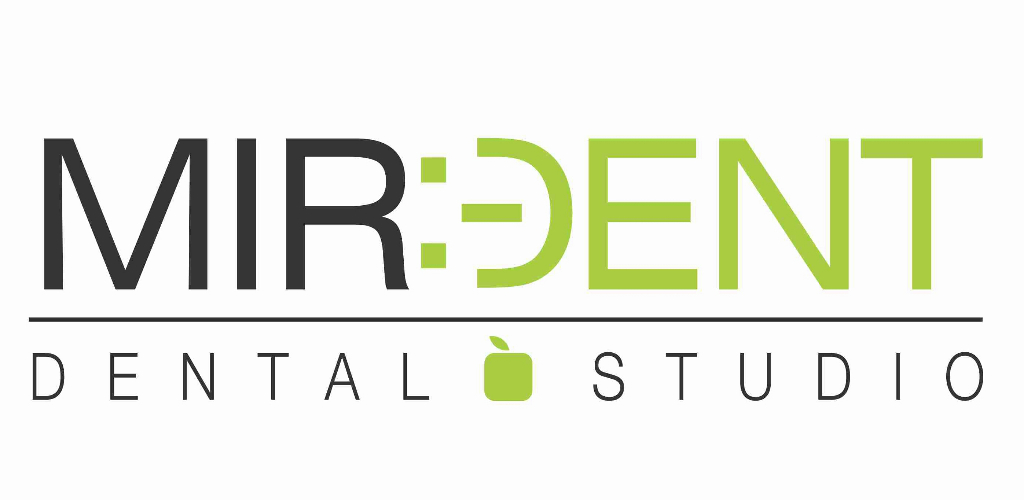Recently identified prescription antibiotic will kill pathogens with no need of level of resistance
The discovery of this particular unique substance difficulties prolonged-retained research values and retains excellent potential for treating an array of menacing contamination, declares Northeastern College or university Identified Professor Kim Lewis.buy research paper plagiarism Photo by Brooks Canaday/Northeastern College or university.
Continually, pathogens’ resistance to antibiotics has place them a stride ahead of professionals, which could be causing a world health and wellness emergency, in keeping with University Distinguished Professor Kim Lewis . Employing new information, Lewis and his awesome colleagues existing a recently discovered antibiotic that eliminates pathogenic agents without any encountering any detectable opposition-a finding that challenges very long organised scientific values and has superb promises for the treatment of prolonged infections like tuberculosis and the ones caused by MRSA.
The investigation, which is developing headlines throughout the world, was published Wednesday on the journal Mother nature herself .
Northeastern researchers’ pioneering work to build a novel option for building uncultured bacteria generated the discovery of a antibiotic, referred to as teixobactin, and Lewis’ research laboratory played out an integral purpose in analyzing and diagnostic tests the compound for resistance from pathogenic agents. Lewis, who is the paper’s lead article author, announced this spots the original discovery of an antibiotic that resistance by mutations of pathogenic agents have not been discovered.
Lewis and Northeastern biology professor Slava Epstein co authored the papers with colleagues from University of Bonn in Germany, NovoBiotic Pharmaceuticals in Cambridge, Massachusetts, and Selcia Limited in the uk. The study lineup shows teixobactin’s discovery presents a good new opportunity to treat constant infections as a result of staphylococcus aureus, or MRSA, which were highly resistant to antibiotics, as well as tuberculosis, that involves a combination of therapies with negative unintended side effects.
The screening of ground microorganisms has produced most antibiotics, but only 1 percent of which will increase in your lab, this limited resource was overmined around the 1960s, Lewis outlined. He and Epstein committed ages seeking to handle this dilemma by tapping right into a new supply of antibiotics above some of those created by synthetic signifies: uncultured bacteria, that will make up 99 percent in all group in outside environments. They developed a book method for rising uncultured bacteria of their natural environment, which triggered the founding of NovoBiotic. Their procedure involves the iChip, a miniature mobile phone Epstein’s squad created which can isolate and guidance grow simple skin cells with their natural environment and in that way provides scientists with significantly developed use of uncultured bacteria. NovoBiotic has because assembled about 50,000 stresses of uncultured bacteria and discovered 25 new antibiotics, that teixobactin is most likely the hottest and the most interesting, Lewis stated.
The antibiotic was discovered within a routine screening for antimicrobial material by using this methodology. Lewis then tried the compound for resistance development and did not uncover mutant MRSA or Mycobacterium tuberculosis resistant to teixobactin, that was spotted to block several different targets through the cellular divider synthesis pathway.
“ Our impression may be that aspect produced a compound that changed for being free from resistance,” Lewis says. “This challenges the dogma that we have operated within that bacteria will usually build resistance. Very well, maybe not in cases like this.”
Gerard Wright, a professor through the Department of Biochemistry and Biomedical Sciences at McMaster University and who had been not taking part in this groundwork, examined the team’s operate in a separate guide for The wilderness published in concert while using the new information paper. With his guide, Wright observed that while it is to be seen no matter whether other mechanisms for resistance up against teixobactin exist in the environment, the team’s deliver the results can lead to identifying “other ‘resistance light’ prescription antibiotics.”


